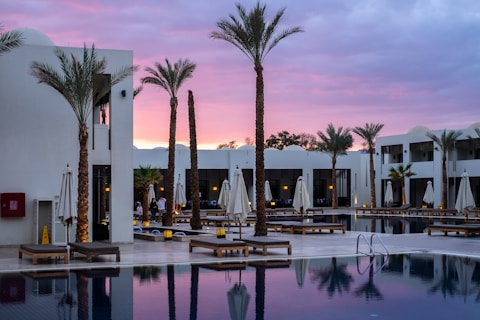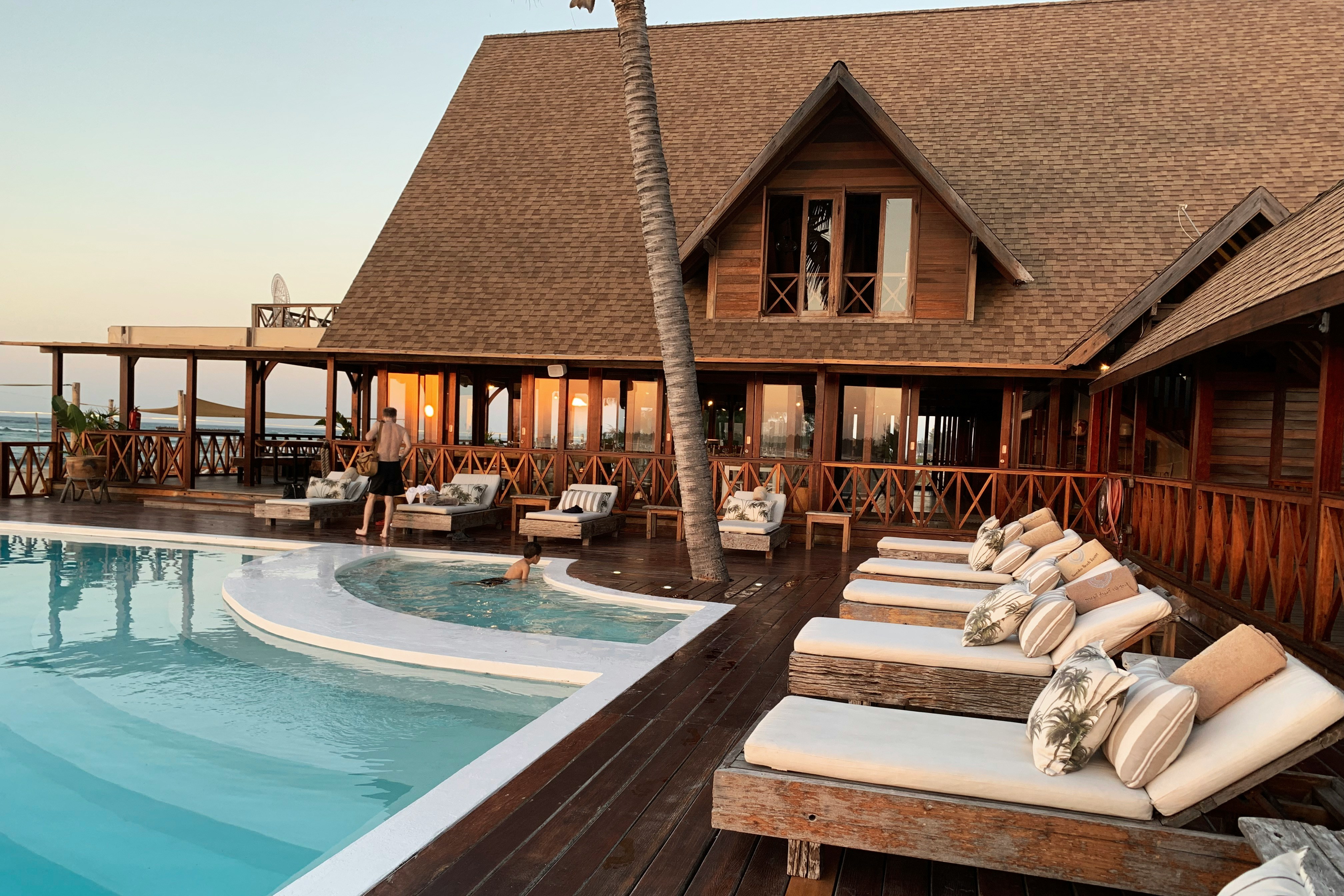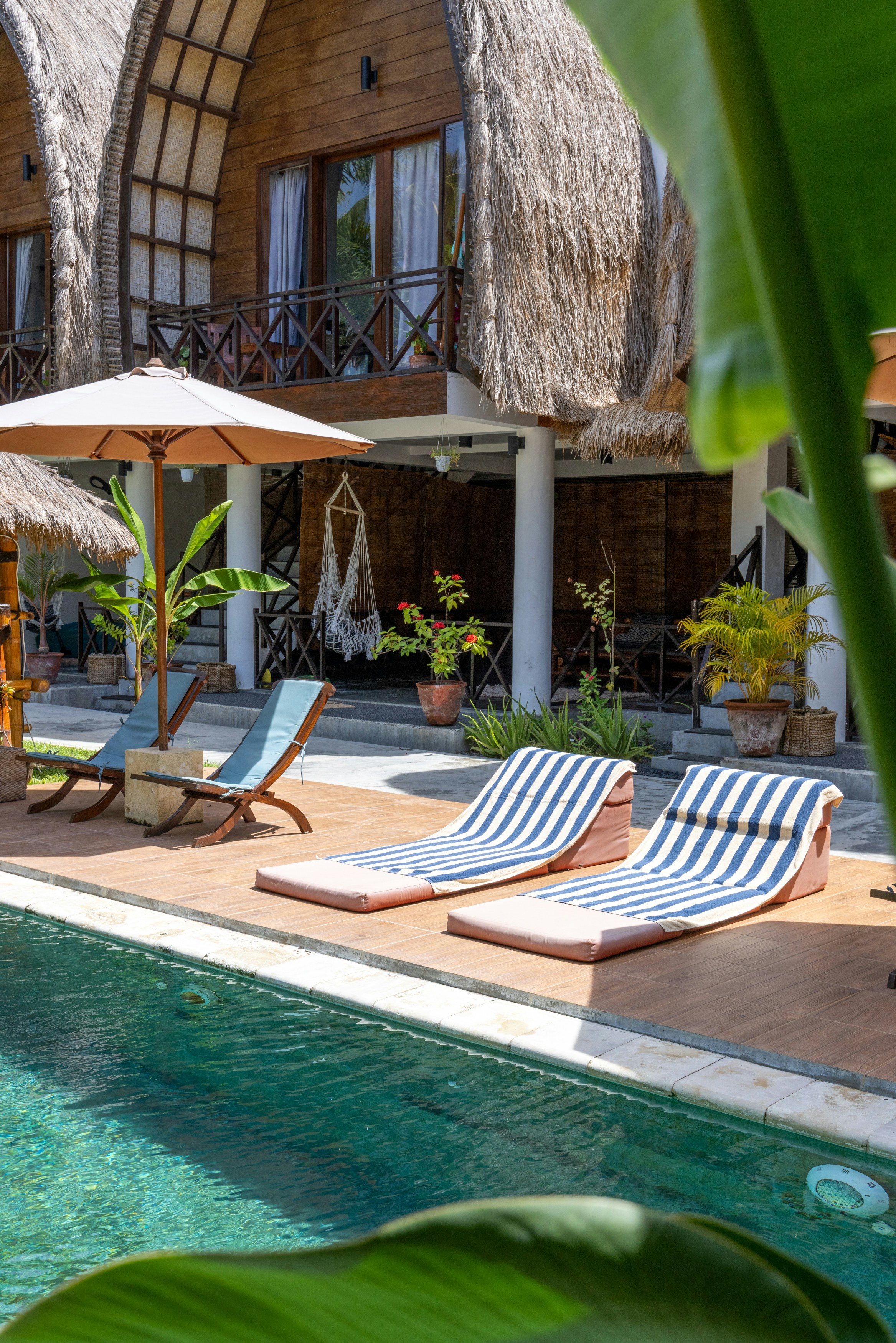Thuparama vihara
Thuparama vihara things to do, attractions, restaurants, events info and trip planning
Plan your stay
Posts
Sri Lanka's Cultural Triangle - Western Ancient City:Anuradhapura
leo
230
Location: Thuparamaya Vihara is situated in Anuradhapura, the ancient capital of Sri Lanka, in the North Central Province of the country. It is one of the key religious sites in the region. History: Thuparamaya Vihara is considered one of the oldest Buddhist temples in Sri Lanka, dating back to the 3rd century BCE. It was built during the reign of King Devanampiya Tissa, following the introduction of Buddhism to the island by Arahat Mahinda Thera, the son of Emperor Ashoka of India. Architecture: The temple complex features a stupa, shrine halls, and other structures typical of traditional Sinhalese Buddhist architecture. The main stupa, known as Thuparamaya Dagoba, is believed to enshrine relics of the Buddha, making it a revered pilgrimage site for Buddhists. Religious Significance: Thuparamaya Vihara is revered as the first stupa built in Sri Lanka and is regarded as a sacred site associated with the establishment and propagation of Buddhism in the country. It holds special significance for Buddhists as a place of worship, meditation, and religious pilgrimage. Archaeological Discoveries: Over the years, archaeological excavations and research have uncovered valuable artifacts and inscriptions at Thuparamaya Vihara, providing insights into ancient Buddhist practices, rituals, and architectural techniques. Pilgrimage Destination: Devotees and pilgrims from around the world visit Thuparamaya Vihara to pay homage to the sacred relics enshrined within the stupa and to seek blessings for health, prosperity, and spiritual fulfillment. The temple complex also attracts tourists interested in exploring Sri Lanka's rich cultural and religious heritage. Cultural Heritage: Thuparamaya Vihara is designated as a UNESCO World Heritage Site and is recognized for its cultural, historical, and architectural significance. It stands as a testament to the enduring legacy of Buddhism in Sri Lanka and its profound impact on the island's cultural identity. Conservation Efforts: Efforts are made to preserve and protect Thuparamaya Vihara and its surrounding environment for future generations. Conservation measures include regular maintenance, restoration work, and educational programs aimed at raising awareness about the importance of safeguarding this ancient heritage site. Overall, Thuparamaya Vihara is a revered Buddhist temple and a symbol of Sri Lanka's rich spiritual heritage, attracting visitors and pilgrims alike with its timeless beauty and profound religious significance.
pathum prasad
00
Nestled within the sacred precinct of Mahamewna Park in Anuradhapura, Thuparamaya stands as a beacon of Sri Lanka’s rich Buddhist heritage. As the earliest documented Buddhist temple on the island, its historical and spiritual significance is immeasurable. Historical Significance Thuparamaya dates back to the arrival of Mahinda Thera, an emissary of Emperor Ashoka, who introduced Buddhism to Sri Lanka. This monumental event, known as Mahindagamanaya, occurred during the reign of King Devanampiya Tissa (247-207 BC). The construction of Thuparamaya’s Stupa marks the beginning of Buddhism’s profound influence on Sri Lankan culture and spirituality. Architectural Marvel The Thuparamaya Stupa is the earliest Dagoba constructed on the island, a symbol of the ancient architectural prowess and the religious fervor of the time. Its pristine white dome and elegant simplicity reflect the timeless beauty of early Buddhist architecture. Despite being centuries old, the structure has withstood the test of time, preserving its sanctity and splendor. Spiritual Atmosphere The temple complex exudes a serene and contemplative atmosphere, ideal for meditation and spiritual reflection. Devotees and visitors are often seen circumambulating the Stupa, offering flowers, and lighting incense, creating an aura of devotion and tranquility. The sacred relics enshrined within the Stupa are venerated by Buddhists from all over the world, making it a focal point of pilgrimage and prayer. Cultural Importance Recognized by the government and listed as a protected archaeological site, Thuparamaya is not only a religious monument but also a vital part of Sri Lanka’s cultural heritage. Its preservation and protection ensure that future generations can witness and appreciate the island’s ancient Buddhist traditions. The temple continues to play a pivotal role in the cultural and spiritual life of Sri Lanka, hosting various religious ceremonies and festivals throughout the year. Conclusion Thuparamaya is more than a historical site; it is a living testament to the introduction and enduring presence of Buddhism in Sri Lanka. A visit to this ancient temple offers a unique glimpse into the island’s spiritual roots and architectural brilliance. Thuparamaya remains a sacred sanctuary where history, culture, and spirituality converge, inviting all who visit to connect with its profound legacy.
Mahesh Nanayakkara
00
Title: Serene Oasis at Thuparama Temple, Sri Lanka! #ThuparamaTemple Review: I recently had the pleasure of visiting Thuparama Temple in Sri Lanka, and I must say it was an enchanting experience. The temple exuded a sense of tranquility, making it an ideal spot for spiritual contemplation and inner peace. First and foremost, the temple's ambiance was simply delightful. The serene atmosphere and beautiful architecture created a soothing environment. As I explored the temple grounds, I couldn't help but appreciate the meticulous maintenance and cleanliness. The temple staff should be commended for their efforts in keeping the premises in immaculate condition. Not only was Thuparama Temple visually appealing, but it also provided a serene escape from the hustle and bustle of everyday life. The tranquil surroundings offered a respite for meditation and reflection, allowing visitors to find solace and reconnect with their inner selves. The highlight of my visit was undoubtedly the calmness that enveloped the temple. The absence of crowds and noise enhanced the overall experience, providing a serene sanctuary for visitors seeking solace. I found myself immersed in the peaceful ambiance, which truly heightened my spiritual journey. If you're looking for a place to unwind and find inner peace, Thuparama Temple is an excellent choice. The combination of its picturesque setting, cleanliness, and tranquility makes it a must-visit destination in Sri Lanka. Don't miss the opportunity to explore this hidden gem! #ThuparamaTemple #SriLanka #SereneSanctuary #TranquilityUnleashed #TempleEscapade
Virajith Samarasinghe
00
If you are in Anuradhapura most importent place is this .. what a historical place is this if you are visiting serilanka this is the place you need to visit ,, there are 8 places is attched to this if your visiting anuradhapura please visit all 8 places ... and is put a breaf of this place .. Thuparamaya is a dagoba in Anuradhapura, Sri Lanka. It is a Buddhist sacred place of veneration. Mahinda Thera, an envoy sent by King Ashoka himself introduced Theravada Buddhism and also chetiya worship to Sri Lanka. At his request King Devanampiyatissa built Thuparamaya in which was enshrined the collarbone of the Buddha. It is considered to be the first dagaba built in Sri Lanka following the introduction of Buddhism. This is considered the earliest monument, the construction of which was chronicled Sri Lanka. The name Thuparamaya comes from "stupa" and "aramaya" which is a residential complex for monks. Thuparamaya dagoba has been built in the shape of a bell. This dagoba was destroyed from time to time. During the reign of King Agbo II it was completely destroyed and the King restored it. What is seen presently is the construction of the dagoba, done in 1862 AD. As of today, after several renovations, in the course of the centuries, the monument has a diameter of 59 ft (18 m), at the base. The dome is 11 feet 4 inches (3.45 m) in height from the ground, 164 1⁄2 ft (50.1 m) in diameter. The compound is paved with granite and there are 2 rows of stone pillars round the dagaba. During the early period vatadage was built round Thuparamaya
Nilanga Vidanagamage
00
This is the first stupa to be built in the country after the introduction of Buddhism to Sri Lanka. Built in the time of king Devamnampiyatissa (250BC – 210BC) this was a stupa as well as an Aramic complex (monastery). “As Contemporary with Asoka ” (says Mr. Fergusson, in his History of Indian and Eastern Architecture ), “it belongs to the most interesting period of Buddhist history, and is older, or, at least, as old as anything now existing on the continent of India” (Smither and Wikramagamage, 1993). Today ruins of this complex covers nearly 3 ½ acres. The stupa was built on the instructions of Mahinda Thero who brought Buddhism to the island to enshrine the right collar-bone of Lord Buddha. ccording to Mahavamsa, the Great Chronicle of Sri Lanka, this place where the stupa stands has been blessed by Buddha’s presence during his 3rd visit to Kelaniaya in Sri Lanka. The Great Mahinda Thero on the forth day of the visit, visited Mahameghavanaramaya and marked boundary lines for 32 malaka’s and the Thuparamaya. On the construction of the Stupa after passing the first season of “Wass“, the Mahavamsa states that the right collar bone relic of Buddha was given by the Sakra, the king of the Gods from the Silumini Seya. The relic was carried by an elephant to the location of the Stupa but refused to let in brought down. The king inquired from Mahinda thero for the reason and and he answered that the elephant would not allow it to be carried down but it would allow to be taken off to a place of same height of its back.
Hashitha Eranda
10
Nearby Attractions Of Thuparama vihara
Ruwanweli Maha Seya
Jethawanaramaya
Archaeological Museum, Anuradhapura
Folk Museum
Padalanchana Stupa | පාද ලාංඡන ස්තූපය
Thimbiri Pokuna - තිඹිරි පොකුණ

Ruwanweli Maha Seya
4.9
(6.5K)
Click for details

Jethawanaramaya
4.8
(285)
Click for details

Archaeological Museum, Anuradhapura
4.3
(180)
Click for details

Folk Museum
4.6
(23)
Click for details
Basic Info
Address
994W+4HQ, Anuradhapura, Sri Lanka
Map
Website
thuparamaya.lk
Visit
Reviews
Overview
4.8
(4.4K reviews)
Ratings & Description
cultural
family friendly
Description
Thuparamaya is the earliest documented Buddhist temple in Sri Lanka. Its building dates to the arrival of Mahinda Thera and the introduction of Buddhism to the island.
attractions: Ruwanweli Maha Seya, Jethawanaramaya, Archaeological Museum, Anuradhapura, Folk Museum, Padalanchana Stupa | පාද ලාංඡන ස්තූපය, Thimbiri Pokuna - තිඹිරි පොකුණ, restaurants:

- Please manually select your location for better experience




